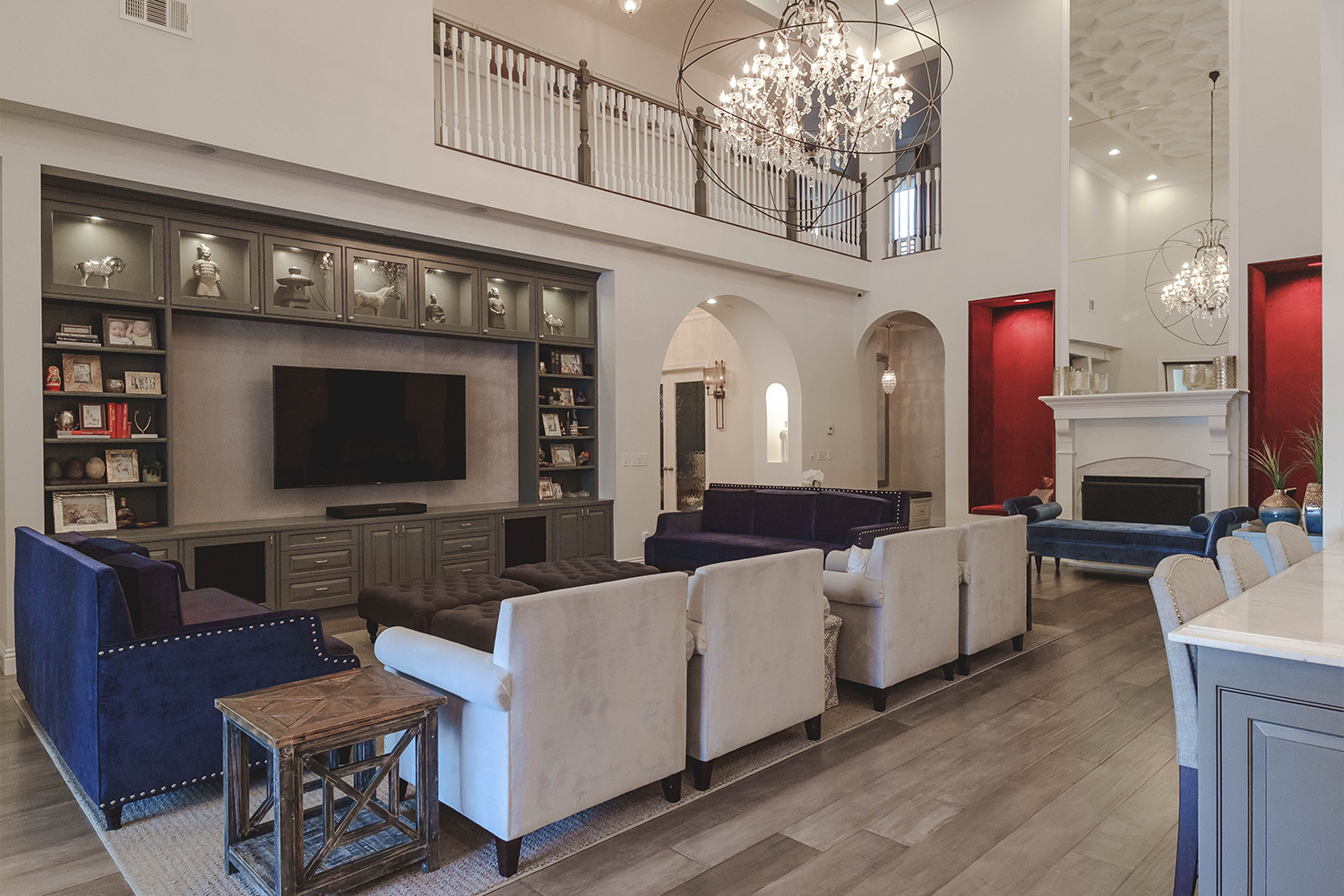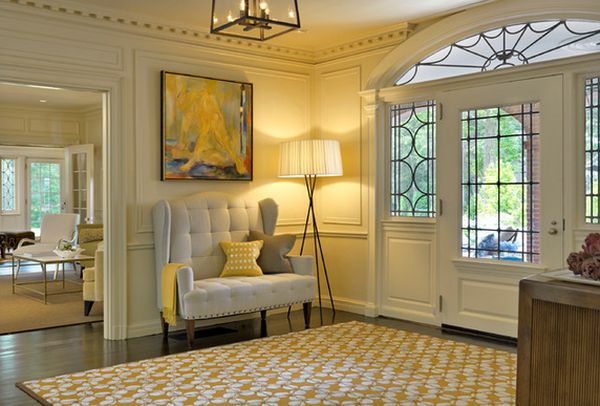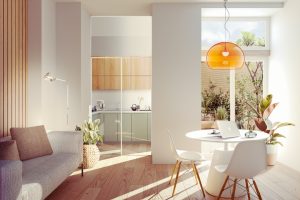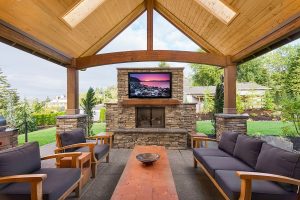
Lighting is one of the most essential elements in interior design, setting the mood, enhancing functionality, and highlighting architectural features in any space. From ambient lighting to task lighting and accent lighting, each type serves a specific purpose and contributes to the overall ambiance of a room. In this guide, we will explore the fundamentals of lighting design and provide tips for choosing the right fixtures for every room in your home.
Understanding the Basics of Lighting Design

Before selecting fixtures for your home, it’s important to understand the three primary types of lighting:
Ambient Lighting: Also known as general lighting, ambient lighting provides overall illumination for a room. This can be achieved through ceiling-mounted fixtures, such as chandeliers, recessed lights, or track lighting, as well as wall-mounted fixtures like sconces.
Task Lighting: Task lighting is focused illumination designed to assist in specific activities, such as reading, cooking, or working at a desk. Examples of task lighting fixtures include desk lamps, under-cabinet lights in the kitchen, and adjustable floor lamps.
Accent Lighting: Accent lighting is used to highlight architectural features, artwork, or decorative elements within a space. This type of lighting adds depth and visual interest to a room and can be achieved with spotlights, picture lights, or wall-mounted fixtures.
By combining these three types of lighting, you can create a layered lighting scheme that meets both functional and aesthetic needs.
Choosing Fixtures for Different Rooms
:max_bytes(150000):strip_icc()/Laura-U-26-0e336448c9d4478b9a66a84c9c8654f8.jpg)
Now that we’ve covered the basics of lighting design, let’s explore how to choose the right fixtures for specific rooms in your home:
Living Room: The living room is a multifunctional space where ambient lighting sets the tone for relaxation and socializing. Consider a combination of ceiling-mounted fixtures, such as a statement chandelier or pendant light, along with wall-mounted sconces or floor lamps to provide additional task and accent lighting.
Kitchen: In the kitchen, task lighting is essential for food preparation and cooking. Install under-cabinet lights to illuminate countertops, and consider pendant lights or recessed fixtures over the island or dining area for ambient lighting. Adding a dimmer switch allows you to adjust the intensity of the light based on the time of day and the desired mood.
Bedroom: In the bedroom, create a calming atmosphere with soft, diffused lighting. A ceiling-mounted fixture with a dimmer switch provides ambient lighting, while bedside table lamps or wall-mounted sconces offer task lighting for reading or getting ready. Consider incorporating accent lighting with recessed lights or LED strips to highlight artwork or architectural details.
Bathroom: Proper lighting in the bathroom is essential for grooming tasks such as shaving and applying makeup. Install vanity lights above the mirror to provide even, shadow-free illumination, and consider adding recessed lights or a ceiling-mounted fixture for ambient lighting. If space allows, incorporate accent lighting with wall-mounted sconces or LED strips around the perimeter of the room.
Home Office: In a home office or study, task lighting is crucial for productivity and concentration. Position a desk lamp or adjustable floor lamp near your workspace to provide focused illumination, and supplement with overhead ambient lighting, such as recessed lights or a pendant fixture. Avoid glare by positioning the light source at eye level and using a lampshade or diffuser to soften the light.
Additional Tips for Lighting Design

Consider the Room’s Function: Think about how each room will be used and tailor your lighting design to suit its specific function. For example, a dining room may benefit from a statement chandelier for ambiance, while a home office requires bright task lighting for work.
Layer Your Lighting: Create depth and dimension in your lighting design by layering different types of lighting. This allows you to adjust the mood and functionality of a room based on your needs and preferences.
Experiment with Dimmers: Installing dimmer switches gives you the flexibility to adjust the brightness of your lights and create different atmospheres throughout the day. Dimmers also help conserve energy and extend the lifespan of your bulbs.
Choose Energy-Efficient Fixtures: Opt for LED or CFL bulbs, which are more energy-efficient and have a longer lifespan than traditional incandescent bulbs. Look for fixtures with the ENERGY STAR label, indicating that they meet strict energy efficiency guidelines set by the U.S. Environmental Protection Agency.
Consider Style and Aesthetics: Lighting fixtures not only serve a functional purpose but also contribute to the overall aesthetic of a room. Choose fixtures that complement your decor style, whether it’s traditional, modern, or eclectic, and consider factors such as size, shape, and finish to ensure they harmonize with the rest of the room’s design elements.
Conclusion
Lighting plays a crucial role in shaping the look and feel of any space, enhancing its functionality, and creating a welcoming ambiance. By understanding the fundamentals of lighting design and choosing the right fixtures for each room in your home, you can transform your





